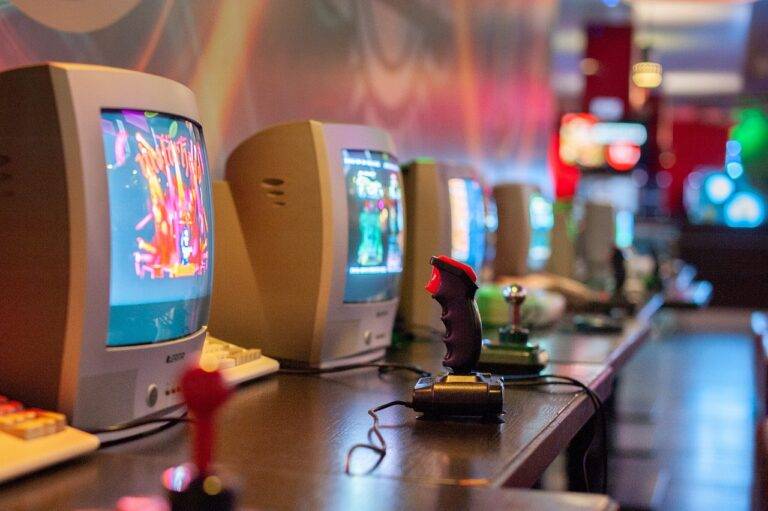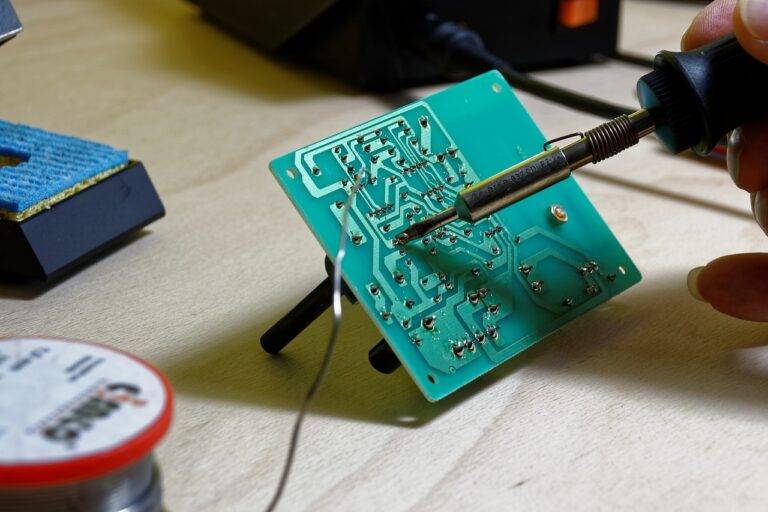Digital Twins: Transforming Engineering and Design
Digital twins are virtual representations of physical objects or systems. They are created by collecting real-time data from sensors and other sources to mirror the behavior and characteristics of their physical counterparts. These digital replicas enable real-time monitoring, analysis, and simulation of the physical entity they represent, providing valuable insights and predictive capabilities to users.
By leveraging digital twins, organizations can optimize processes, improve performance, and reduce downtime. These virtual models enhance decision-making by offering a deeper understanding of how their physical counterparts operate under various conditions. Engineers can use digital twins to test different scenarios, identify potential issues, and fine-tune designs before implementing changes in the physical world.
Understanding the Role of Digital Twins in Engineering
Digital twins have emerged as a revolutionary concept in the field of engineering, offering a virtual representation of a physical entity or system. By creating a digital replica that mirrors the behaviors and characteristics of its real-world counterpart, engineers are able to simulate and analyze various scenarios without the need for physical prototypes. This technology has the potential to streamline design processes, improve operational efficiency, and enhance overall performance.
One of the key roles of digital twins in engineering is their ability to facilitate predictive maintenance. By continuously monitoring and analyzing data from the physical system in real-time, digital twins can anticipate potential failures or issues before they occur. This proactive approach can help minimize downtime, reduce maintenance costs, and prolong the life of critical equipment. Furthermore, by enabling engineers to make data-driven decisions based on accurate simulations, digital twins contribute to the optimization of processes and the achievement of more reliable and efficient outcomes.
What is the concept of Digital Twins?
Digital Twins are virtual representations of physical assets, processes, or systems. They are created using real-time data and can be used for analysis, simulation, and monitoring.
How are Digital Twins used in engineering?
Digital Twins are used in engineering for various purposes such as predictive maintenance, performance optimization, design validation, and virtual testing.
Can Digital Twins be applied to different industries?
Yes, Digital Twins can be applied to various industries including manufacturing, healthcare, aerospace, and automotive.
What are the benefits of using Digital Twins in engineering?
Some of the benefits of using Digital Twins in engineering include improved efficiency, reduced downtime, cost savings, and better decision-making based on real-time data.
How are Digital Twins created?
Digital Twins are created by collecting data from sensors, IoT devices, and other sources, and then using software to create a virtual model that mirrors the physical asset or system.





